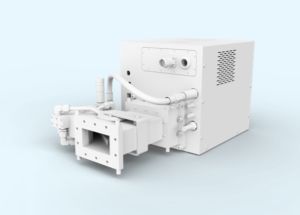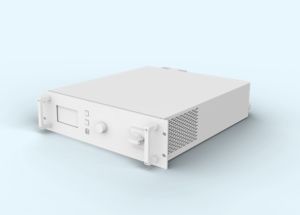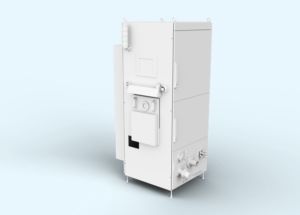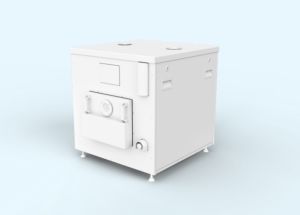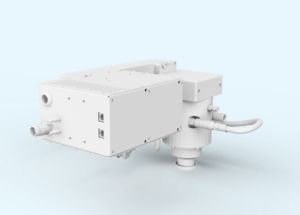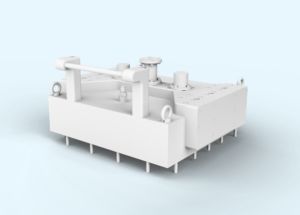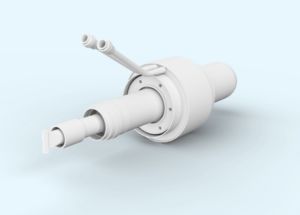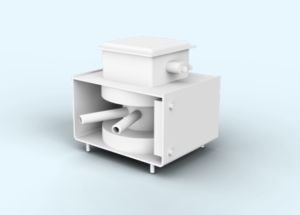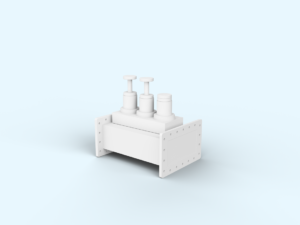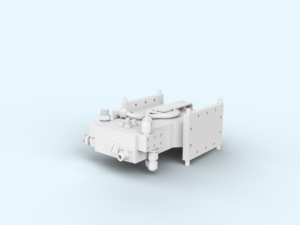How Duo-Plasmaline systems open new horizons for growing markets
Solar power remains an almost inexhaustible reserve of energy on our scale, as well as being geographically accessible, despite its intermittence. However, photovoltaic production has always had its limits. There is still room for improvement when it comes to reflection qualities of the surface coating and more economical ways of producing solar panels. Additionally, our age of fast-paced innovation demands for photovoltaic design for applications never imagined before. Due to its unique performance in surface treatment, Duo-Plasmaline is the revolutionary technology if you want your innovation to work more efficiently than ever. The three main reasons why are:
1. Reason One: Optimization of the reflection behavior
The effectiveness of light conversion into energy of silicon solar cells is linked to the minimization of reflection losses and surface recombination. Thin plasma-polymerized SiN films are used to improve both properties i.e., the reflection behavior by adjusting the refractive index of the anti-reflection coating and the surface properties to avoid recombination at the surface.
Muegge’s Duo-Plasmaline technology acts superior in creating a homogeneous plasma. Combined with a Plasma Array, it is suitable for continuous and batch processes. Both Duo-Plasmaline and Plasma Array provide highly efficient surface treatment of even thermally sensitive materials due to high radical densities at lowest ion energy of the non-equilibrium microwave plasma at low-pressure.

Figure 1: Plasma array consisting of six Duo-Plasmalines integrated into a process chamber for e.g., low-pressure plasma deposition of thin films used in the production of solar cells (courtesy of Meyer Burger Germany)
These properties are critical for SiN films used in photovoltaics: hardness and chemical resistivity are crucial properties of these layers. For this reason, SiN can be applied both as an insulator and as barrier-material for many industrial applications.
“This highly stable plasma process really opens doors for a more economic production, but also for a whole new set of possibilities in designing photovoltaic applications for growing markets.”
2. Reason Two: Making your large-scale production more profitable
Photovoltaic devices will be more profitable if their price can be significantly reduced, e.g., by large-scale production. Thin film solar cells are of particular interest in large-scale production. Glass plates are state-of-the-art substrates for thin film solar modules made of e.g., copper-indium-gallium di-selenide (CIGS). They can be replaced by thin metal foils to reduce both weight and material costs. The heavy glass substrate and the glass covering can be substituted by a systems of thin polymer films deposited in a low-pressure microwave plasma process on the metal plate and on the optical layers on top of the CIGS solar modules.
3. Reason Three: Entering new markets with more flexibility
Standard CIGS solar modules consist of monolithically connected solar cells. Therefore, the metal foil has to be insulated. In addition, diffusion of material impurities and contamination from the metal foil into the CIGS must be prevented by a diffusion barrier. The advantage of using thin metal foils as substrate material is the flexibility of the modules which makes them suitable for mobile applications and wearables.
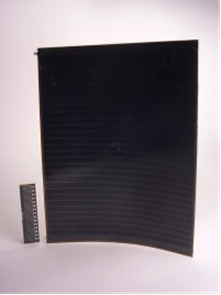
Figure 2: Monolithically connected copper-indium-gallium di-selenide (CIGS) solar modules on a flexible metal foil with a plasma-deposited diffusion layer in between [5-7].
4. Beyond limits: Plasma process empowering your innovations
Plasma processes for deposition of thin polymer films acting as diffusion barriers enable new technologies for economical production of flexible photovoltaic modules. Furthermore, plasma processes can be used for deposition of thin film amorphous silicon (a-Si) solar cells and for microcrystalline silicon (µc-Si) solar cells, thus introducing important new markets for plasma technology.
Want to know how our plasma systems can help your ideas grow into new products and new markets?
Contact us and we will bring power to your projects.
References
[1] H. Schlemm, A. Mai, S. Roth, D. Roth, K.-M. Baumgärtner, H. Mügge, Surf. Coat. Technol., 2003, 174-175, 208-211.
[2] M. Troia, M. Walker: Diffusion Barrier Layers. [online] Homepage: University of Stuttgart, Institute of Interfacial Process Engineering and Plasma Technology (IGVP)
URL: https://www.igvp.uni-stuttgart.de/en/research/plasma-technology/processes/diffusion-barrier-layers/ [status: June 16, 2021].
